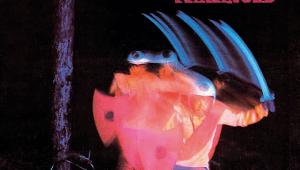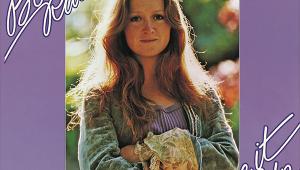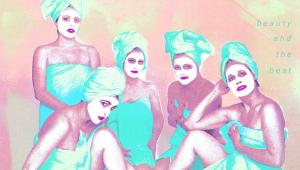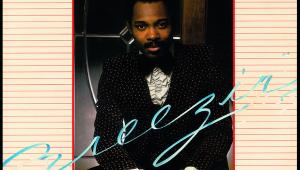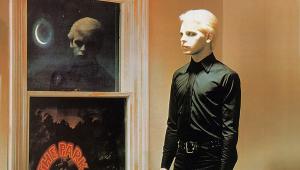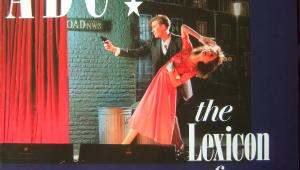Dr. Feelgood: Down By The Jetty
![]()
Dr. Feelgood grew out of a 1960s teenage skiffle band who played in Canvey Island, Essex, at the edge of the Thames estuary. The members included John 'Sparko' Sparkes on guitar, while Lee Collinson – who later became Lee Brilleaux – was originally on banjo but became the band's vocalist by default. The reason? He was the only member who could remember the words to the songs.
![]()
Their friend John Wilkinson – later Wilko Johnson – would occasionally join in on paper and comb, and they would busk outside the Bingo Hall on the seafront. Performing under numerous names, including the Razzmatazz Washboard Band, they grew into an R&B combo and in 1971 decided to make a proper go of it. They settled on the name Dr. Feelgood, after the song by American blues artist Piano Red.
Wilko Johnson, then still a school teacher, had taken over on guitar and Sparko was now on bass, but the band really took off when John Martin, aka 'The Big Figure', got behind the drums in 1972.
Old Time Rock 'N' Roll
During the early to mid-1970s, traditional rock 'n' roll occupied an odd position in musical culture. It was an important influence on many musicians, and it was by no means unusual for hard rock bands – Led Zeppelin and Uriah Heep for example – to play a rock 'n' roll medley as an encore. But to hip teenagers growing up through the era of glam rock and progressive rock this seemed a tad anachronistic. Some contemporary rock 'n' roll bands like Sha Na Na and Showaddywaddy were deliberate throwbacks and conveyed a tongue-in-cheek-theatricality.
London Calling
One of Dr. Feelgood's early engagements was backing the UK-based, German-born singer and bassist Heinz Burt, who had played on 'Telstar by The Tornadoes' in 1962 and whose biggest solo hit was 'Just Like Eddie' in 1963. They played together at the Rock 'N' Roll Show at Wembley Stadium in the summer of 1972. As well as artists who had emerged in the 1950s, such as Chuck Berry and Jerry Lee Lewis, the bill rather anomalously included the supercharged guitar rock of Detroit band the MC5.
![]()
Johnson had a double epiphany that day. Firstly, he claims that watching MC5 guitarist Wayne Kramer changed his life. Secondly, he and the band vowed never to play such engagements again. One of the 'Teddy Boys' in the crowd threw a beer can at Kramer, and the audience seemed to be anchored to the past, whereas Dr. Feelgood wanted to take their love of rock 'n' roll and Chicago Blues and make something new and vital.
'The whole atmosphere of those rock 'n' roll revival things just turned me off', Johnson told journalist/filmmaker Mick Gold in 1975. 'I love playing rock 'n' roll and all the old classics, but once we'd done a few gigs like that I didn't want to know about it. We played rhythm and blues, we even shied away from calling it rock 'n' roll as we didn't want anything to do with all that. But we can call it what we like now.'
Dr. Feelgood became a fixture on the London pub rock circuit and gained a reputation as an exciting live band playing both covers and original material. Theirs was a singular chemistry. Brilleaux was an imposing frontman, his gruff, urgent vocals full of pent up aggression, as was his blues harp style, which had been inspired by seeing Howlin' Wolf live. Meanwhile, Sparko and the Big Figure were a tight, propulsive rhythm section and Johnson's guitar playing was their secret weapon.
As well as being taken aback by the intensity of Wayne Kramer, Johnson was influenced by Mick Green of Johnny Kidd & The Pirates, in that his playing was rhythmic first and foremost, with staccato picked patterns and choppy chords. And like Green, when he solo'd, his lines were woven through this framework so that he effectively played lead and rhythm guitar simultaneously.
